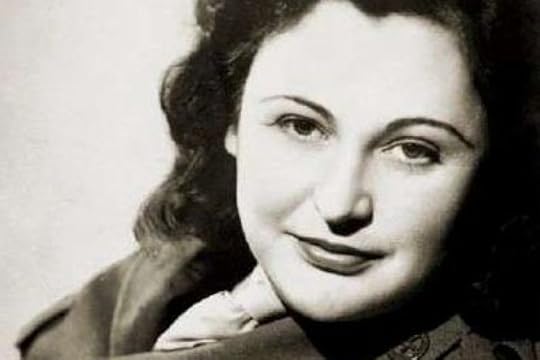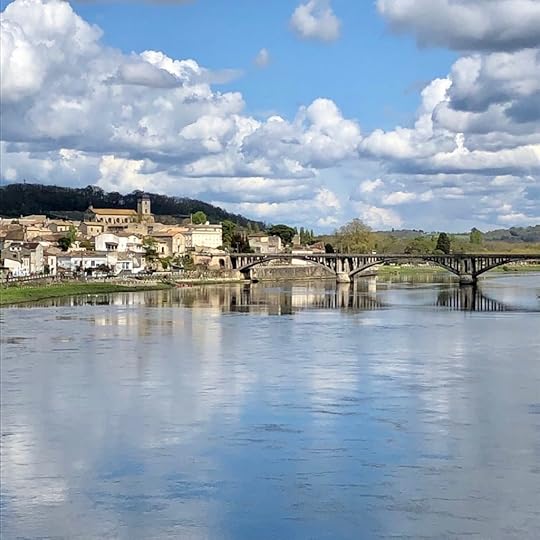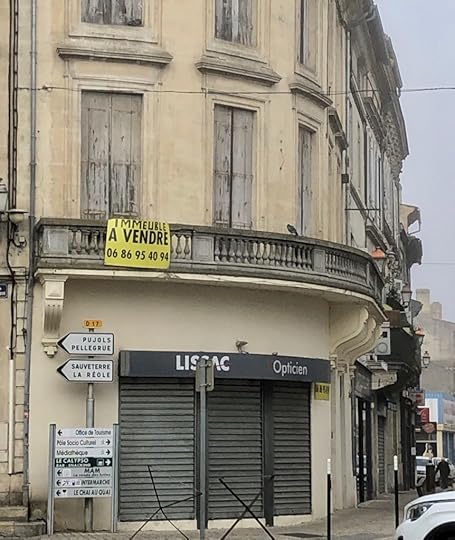Blowing up bridges in France
The book I am
writing at the moment is about the ‘Resistance Girls’ of the Special
Operations Executive (SOE) an organisation set up in WW2 by Churchill to ‘set
Europe ablaze’ by sending agents into occupied Europe to organise resistance
groups and engage in sabotage against the Nazis.
The Allies sent more
than four hundred agents into occupied France, of which 39 were women. The
‘Baker Street Irregulars’ as they became known, were trained in sabotage, small
arms, radio and telegraph communication and unarmed combat. SOE agents were
also required to be fluent in French so they could fit seamlessly into French
society.
All the agents knew
the risks and were told that they had no more than a 50% chance of survival in
occupied France.
 Nancy Wake
Nancy WakeThe women agents
were mostly couriers or wireless operators, although some, such as NZ/Australia’s
Nancy Wake, America’s Virginia Hall and British Pearl Witherington led maquis
(guerrilla) groups of up to 7,500 strong and were personally involved in attacks
on bridges, railway lines, and German convoys. They also underwent
extensive training in resisting interrogation and how to evade capture. Sadly, sixteen
women did not survive the war: thirteen were executed at Ravensbruck,
Bergen-Belsen, Dachau or Natzweiler-Struthof concentration camps.
The stories of the SEO’s “irregular” women
are stories of courage, daring and sacrifice and it is an honour to write about
them, even if in a (slightly) fictionalised account.
 The old gate in Castillon
The old gate in CastillonI find it difficult to write about places
I’ve not been to, walked around and got to know a little. I need to know how
the air feels, the strength of the sun, how light reflects off the houses, the
scents, the terrain, the trees, flowers – the general ambiance.
And so, in April we spent 9 days in south
west France, where my heroine will be sent to work as a courier in 1943. We
stayed mainly in a small town called Castillon de Bataille, which overlooks the
Dordogne River. I wandered around taking masses of photos of little alleyways
and rooftops, to figure out how my heroine could avoid German patrols, and
where her ‘safe houses’ might be.
 Castillon rooftops
Castillon rooftopsOur home was Chez Castillon, a tall house that
is a Writers’ Retreat. There were nine guests, either (like me) writing and
sightseeing, or taking a writing course. Janey and Mickey who run the place are
both actors, although Janey now spends her time writing. Janey served up three
delicious meals a day and we had Bordeaux wine every lunch and dinner. It was
fab.
Castillon de Bataille is in the middle of
the Bordeaux wine country. The town’s claim to fame dates from 1453, as it is
where the last battle of the Hundred Years war was fought.
 Castillon Bridge
Castillon BridgeIn WW2 it was called Castillon sur Dordogne
and was on the frontier between occupied and Vichy France and Chez Castillon
was a hospital for German officers. There is a plaque on this bridge that marks
the former demarcation line.
I’m going to blow up that bridge! … in the
book…
One day we visited the medieval town of Saint-Emilion, and rode the little bus around the Chateaux. And so, the first scene of the new book takes place just outside Saint-Emilion and in another scene there will be a chase through scrub and through steep, narrow cobbled streets.
 Balcony for collaborateurs
Balcony for collaborateursBut I’m not sure if I’ll include this: when
Castillon was liberated, as in the rest of France, ‘collaborateurs horizontales’
(women who’d been too friendly to the German soldiers) were rounded up, their
heads were shaved and they were painted with tar. The women from Castillon were
put on show on this balcony which overlooks the main square.
They got off better than those at a village
down the road, where they were shot… according to our host, Mickey.
We finished the holiday in beautiful
Bordeaux, where I again scoped out scenes for the novel. Unsurprisingly, I came
back full of ideas for the new books.



